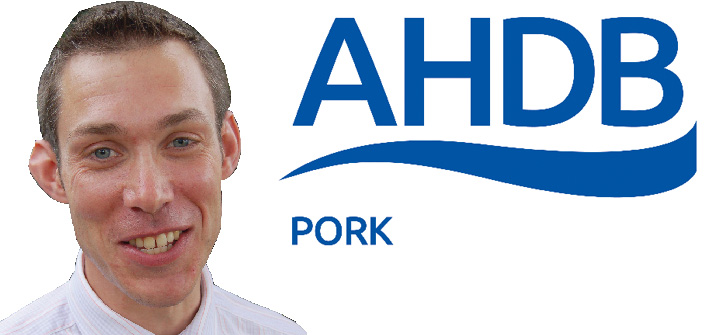As I write this column, the pig industry is once again facing tough times. It doesn’t take someone with the predictive powers of Nostradamus to work out that the current price falls are going to hit the industry hard, and that low prices may be with us for a while.
It has, however, got me thinking about how resilient the industry is, as it’s not the first, or probably the last time, that finances will be tight. The current situation has also made me reflect on the number of crises that I’ve seen within the pig and wider farming industries during my relatively short lifetime, such as Salmonella, BSE, FMD, and classical swine fever.
Collectively, this experience goes back further, as my family has farmed within the same spot in Derbyshire for about 300 years, and in that time we’ve seen a lot of change and our fair share of difficulties. I even have relatives in Australia and New Zealand, who’re the result of a portion of my ancestors emigrating in the mid-1800s due to hardships in UK agriculture at the time.
Despite all of this, it still amazes me how the industry is able to survive as it’s faced with challenges head on, time and time again. These cycles are certainly never pleasant and the pig industry often feels market volatility more than some other sectors, but our sector is adaptive and has increased its capacity to cope with many of the smaller fluctuations in price.
It’s with the current state of the industry in mind that the AHDB Pork technical team has been putting together the business plan for 2016-2017. It’s meant, quite rightly, that the board has scrutinised the levy spend in close detail and has been asking probing questions that require sense checking before projects have been given sign-off.
The current business plan features three broad themes, into which there will be different packages of work from the respective knowledge exchange (KE), buildings and environment, health, welfare and communications teams. The themes are around biosecurity (which includes work on water quality and delivery), antimicrobials and, most importantly, cost-benefit work.
There was consensus in the planning of these projects that the main focus will be on the savings that implementing measures will make to production. Our KE team is already working on cost-of-production analysis, which is available through the regional KE managers.
My team is still focusing, in the main, on the areas of biosecurity and antibiotics, but is taking a much more applied and on-farm view. This should help to guide business decisions in the areas of health and welfare much better.
It’s important to recognise that while the temptation may often be to batten down the hatches during the lean times, and not make changes, there may still be economies that can be made. I’m determined to assist the industry, wherever possible, to survive this downturn, and help to build a more resilient pork sector going into the future.




